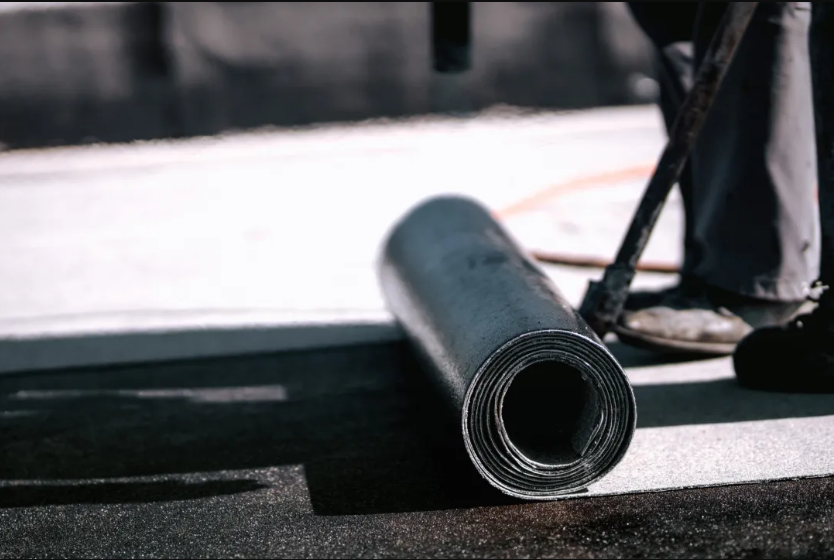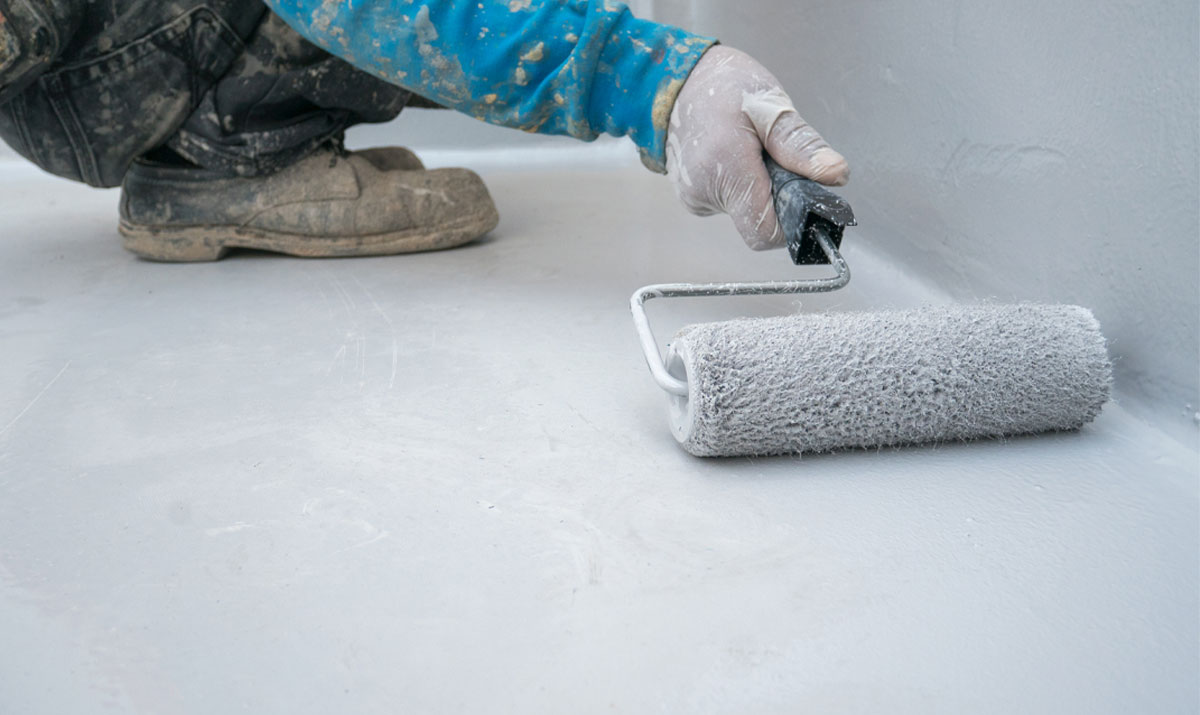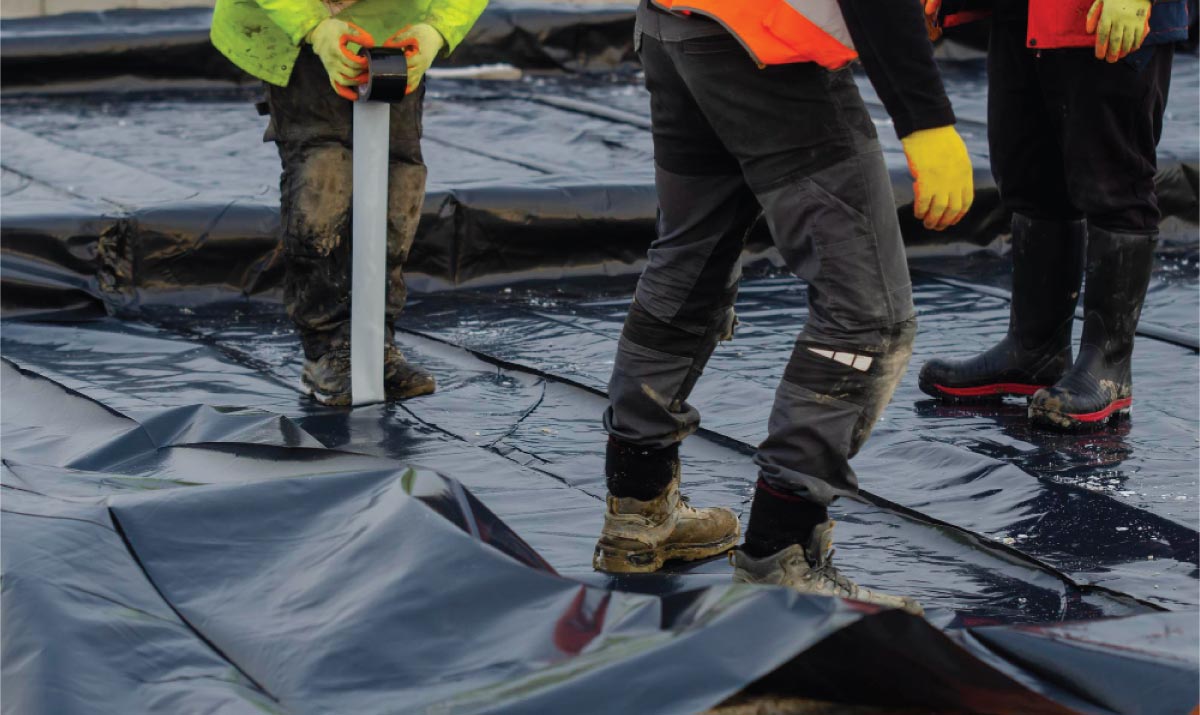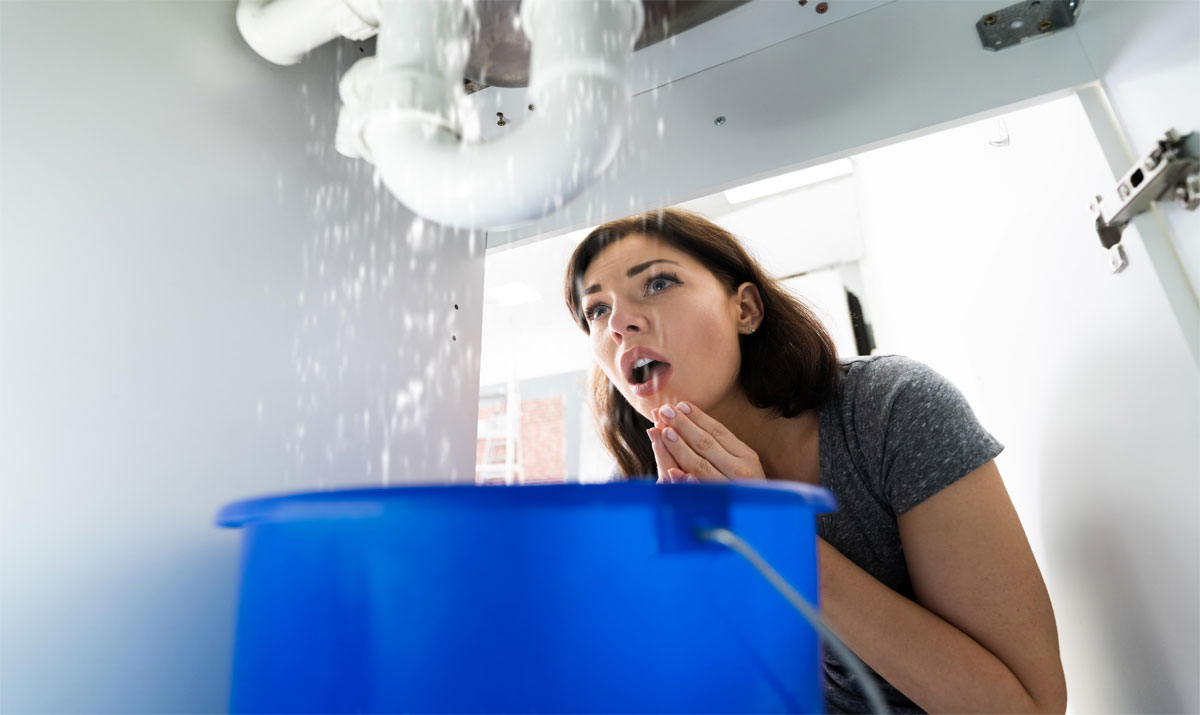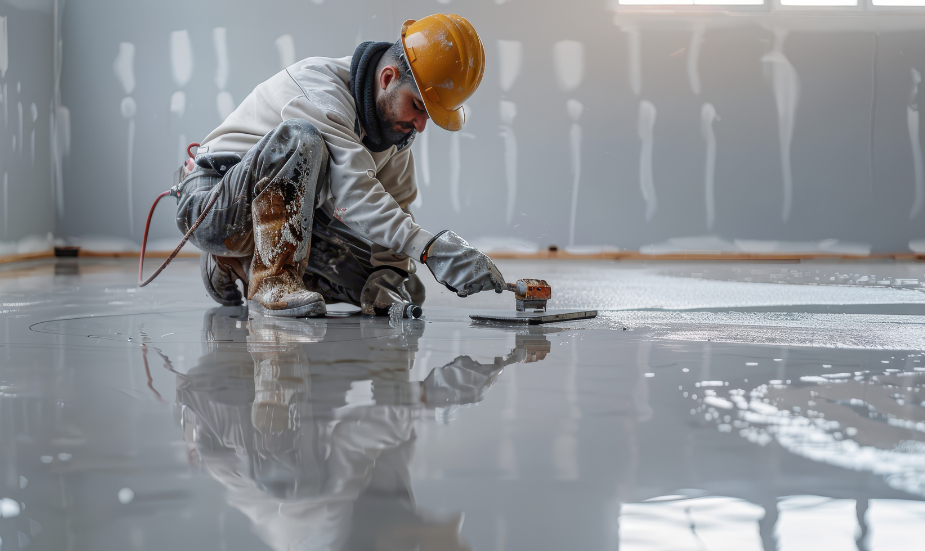What is Membrane Waterproofing?
The Advantages of Membrane Waterproofing for Effective Building Protection
Waterproofing is a crucial aspect of construction, especially when it comes to protecting buildings from the damaging effects of water infiltration. One highly effective method of waterproofing is through the use of membrane waterproofing. In this article, we will delve into the concept of membrane waterproofing, explore its benefits, and address common questions related to its application.
What does mean Membrane Waterproofing?
A waterproofing membrane is a thin layer of material that is applied over a surface to create a barrier against water penetration. This barrier prevents water from seeping into the structure, thereby safeguarding it from moisture-related issues such as mold, deterioration, and structural compromise. Membrane waterproofing refers to the application of a specialized layer of water-tight material onto surfaces to prevent water leaks, moisture penetration, and potential structural damage. These membranes are designed to create a barrier that effectively repels water, ensuring that it doesn’t seep into the building’s interior.
Advantages of Membrane Waterproofing
- Comprehensive Protection: Membrane waterproofing provides a robust and reliable shield against water infiltration, protecting both the exterior and interior of buildings.
- Flexibility: These membranes are designed to accommodate structural movements without compromising their waterproofing capabilities. This is particularly important in areas prone to ground shifts or vibrations.
- Durability: High-quality waterproofing membranes are engineered to withstand the test of time and resist degradation caused by exposure to UV rays, temperature fluctuations, and other environmental factors.
- Ease of Application: Waterproofing membranes can be applied to various surfaces, including roofs, walls, balconies, and basements. The application process is relatively straightforward, making it an efficient waterproofing solution.
- Minimal Maintenance: Once installed, waterproofing membranes generally require minimal maintenance. This reduces long-term costs associated with upkeep.
Choosing the Best Waterproofing Membrane
The choice of the best membrane for waterproofing depends on several factors, including the type of surface, the expected movement of the structure, and the specific environmental conditions. Common types of waterproofing membranes include:
- Bituminous Membranes: These are sheet-based membranes that consist of asphalt or modified bitumen. They are highly effective and versatile, suitable for various applications.
- Polyurethane Membranes: These membranes offer excellent flexibility and are ideal for surfaces that experience movements or vibrations. They adhere well to substrates and can be used in both indoor and outdoor applications.
- EPDM (Ethylene Propylene Diene Monomer) Membranes: EPDM is a synthetic rubber membrane known for its durability and resistance to extreme weather conditions. It’s commonly used for roofing applications.
- PVC (Polyvinyl Chloride) Membranes: PVC membranes are lightweight, fire-resistant, and offer good chemical resistance. They are often used in roofing and underground waterproofing.
Thickness of Waterproofing Membranes
Thickness of Waterproofing Membranes depends on the type of membrane and manufacturer recommendations. Generally, the thickness can range from 1 to 3 millimeters, but it’s essential to follow the manufacturer’s guidelines for optimal performance.
Applications of Waterproofing Membranes
Waterproofing membranes find application in various areas to ensure water-tightness and protect structures:
- Roofing: Membranes are extensively used for roofing applications to prevent water leakage into buildings. They are particularly crucial for flat roofs.
- Foundations: Waterproofing membranes are applied to foundation walls and below-grade areas to prevent water from infiltrating the structure.
- Balconies and Terraces: Balconies and terraces are vulnerable to water penetration. Membranes provide an effective solution to protect these areas.
- Basements: Basement waterproofing is essential to prevent moisture from seeping through walls and floors, which can lead to mold growth and structural damage.
- Tunnels and Bridges: Waterproofing membranes are used in infrastructure projects like tunnels and bridges to enhance their longevity by preventing water-related deterioration.
Longevity of Membrane Waterproofing
The longevity of membrane waterproofing varies based on factors such as the quality of the membrane, the type of surface, and the environmental conditions. High-quality membranes, when properly installed and maintained, can last anywhere from 20 to 50 years or more.
What is a membrane waterproofing?
A waterproofing membrane is a layer of water-tight material that lies on a surface to prevent water leaks or damage. Membrane waterproofing is a type of waterproofing that uses a thin, sheet-like material to create a barrier that blocks water from entering. Membrane waterproofing can be applied to a variety of surfaces, including concrete, masonry, wood, and metal.
What is the best membrane for waterproofing?
The best membrane for waterproofing will vary depending on the specific application. Some factors to consider include the type of surface to be waterproofed, the desired level of protection, and the climate in which the waterproofing will be used.
Is membrane good for waterproofing?
Yes, membrane waterproofing is a good choice for many applications. Membranes are typically very effective at preventing water infiltration, and they are also relatively easy to install.
How do you use waterproofing membranes?
Waterproofing membranes are typically applied by a professional waterproofing contractor. The following are the basic steps involved in applying a waterproofing membrane:
- The substrate is prepared by cleaning it and removing any loose material.
- The membrane is cut to size and installed over the substrate.
- The membrane is sealed at all seams and joints.
- The membrane is allowed to dry completely.
What is the best membrane for waterproofing?
There are many different types of waterproofing membranes available, each with its own advantages and disadvantages. Some of the most popular types of waterproofing membranes include:
- Bituminous membranes: Bituminous membranes are made from asphalt or coal tar and are typically applied in sheets or rolls. Bituminous membranes are very effective at preventing water infiltration, but they can be susceptible to cracking and damage from sunlight.
- EPDM membranes: EPDM membranes are made from ethylene propylene diene monomer and are typically applied in sheets. EPDM membranes are very flexible and resistant to cracking, making them a good choice for waterproofing curved or uneven surfaces.
- PVC membranes: PVC membranes are made from polyvinyl chloride and are typically applied in sheets or rolls. PVC membranes are very durable and resistant to chemicals, making them a good choice for waterproofing industrial applications.
- TPO membranes: TPO membranes are made from thermoplastic polyolefin and are typically applied in sheets. TPO membranes are very flexible and resistant to cracking, making them a good choice for waterproofing curved or uneven surfaces.
How thick is a water proof membrane?
The thickness of a waterproofing membrane will vary depending on the type of membrane and the desired level of protection. However, most waterproofing membranes are typically between 2 and 6 millimeters thick.
How long does membrane waterproofing last?
The lifespan of membrane waterproofing will vary depending on the type of membrane, the quality of the installation, and the environment in which the membrane is used. However, most waterproofing membranes can last for 20 years or more with proper care and maintenance.
In conclusion, membrane waterproofing is a highly effective solution for protecting buildings from water infiltration and potential damage. It offers a range of benefits, including comprehensive protection, flexibility, and durability. By choosing the appropriate membrane type and following proper installation guidelines, property owners can ensure long-lasting waterproofing performance for their structures.
